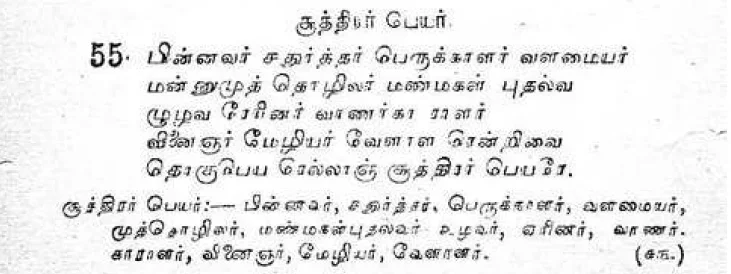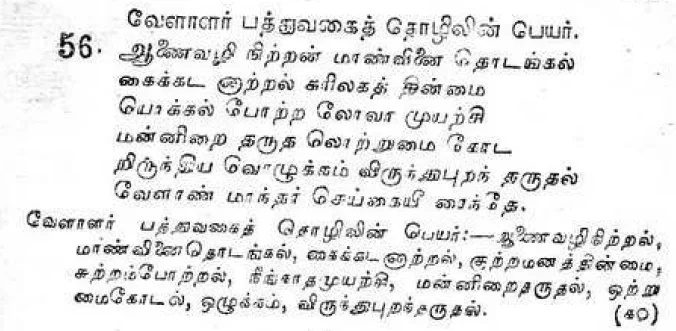Perhaps you have not been reading Sangom's sir (especially previous posts such as this) wherein he described the varna system. For someone who posted on Arkaim, Andronovo and Sintashta-Petrovka cultures, I feel Sangom sir is well aware of different cultures which used to prevail in the iranian / eastern europe regions.கால பைரவன்;196888 said:My response was specific to Sangom's observations, please. I think Sangom connects "Aryans" to ancient Iranian society because of the class or varna system itself. AFAIK, this four-fold class division did not exist in European societies. The fact that it existed in tamil society points to a strong link to Indo-Iranian Origin as there is linguistic connection between dravidian and elamite systems.
Varna system is a very specific culture, pertaning to a very specific set supposedly called the 'indo-aryan' speakers. It is very much comparable to ancient european societies. The Roman, Greeks, and other Proto-Indo-European speakers had a class system of the following ranks: priests and kings, warriors, and herders-cultivators. Of these, the cultivators were slaves (put to work on captured land). There is also archeological evidence for this. For example, in early 5th century the Spartan society was found to bury its people in 3 seperate tombs -- priests, warriors, agricultural slaves. This matches the idéologie tripartite of proto-indo-european societies.
Much of medieval europe was feudal. Religious laws (linked to Christianity in Europe's case), helped the king rule over people in the name of God. Same case with Sharia and sultanates. Same case with Smritis (dharmashastras), which helped a feudal system (See this post).
The case of tamil society was different. The tamil society functioned on a 8-fold organization -- Arivar (knowledgeable men or ascetics), Ulavar (farmers aka vellalar, karalar), Ayar (Aayar or shepherds), Vedduvar (hunters), Kammalar (artisans), Padayatchier (military men), Valayar (fishermen), Pulayar (tanners). Witzel has provided some info on the BMAC religion (which is non-indoaryan) but things remain shrouded in mystery.
(Note: the non-indoaryan societies such as the Kalash speak Dardic. Though there are similarities in words with equivalents, the context and associated folk stories vary widely. Kashmir also used to speak Dardic languages (also called Pisacha) -- this was non-indoaryan culture). Interestingly, the Kalash claim they came to Afghanistan from a place in the south called tsiyam (whether this was the indian subcontinent, we do not know yet).
Anyways, Tholkappiyer was the first to desribe Tamil society in 4 guilds -- அரசர் (arasar), அந்தணர் (anthanar), வணிகர் (vanikar), வெள்ளாளர் (vellalar). By Tholkappiyer's time, the Satavahanas had made inroads and the effect of sanskritization cannot be missed. Yet, the functions are nowhere close to the dharmashastra description.
I again ask --
(1) what does Thiruvalluvar or any sangam literature say about the origins of the அந்தணர் (anthanar) -- from where did they arise?
(2) Show me any tamil / sangam literature which endorses slavery, and that too using violence.
Thanks.


